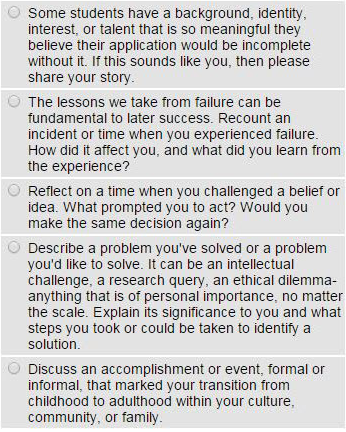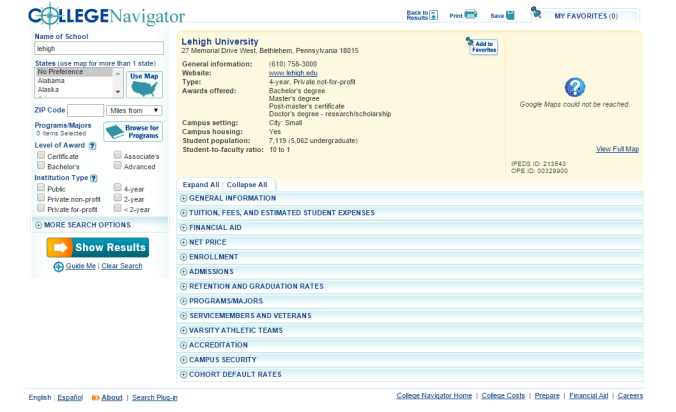Ideally, this guidance, as well as all other college planning advice, must be given to students before they step foot into high school. Currently, most of these teaching moments occur during junior year, right before students take SAT or ACT tests, or during the fall of twelfth grade. Slight problem… by then, some requirements of college applications cannot be changed, except with the wave of a magic wand.
Often times, I will hear high school seniors say in lament, “Oh, I wish I would’ve gotten better grades in 9th grade” or “I don’t really do anything after school, I just hang out with my friends.”
The High School Transcript
Did you know that the high school transcript, the one that colleges base their admission decisions on, lists coursework and grades from ninth through eleventh grade…and for some students, it even includes eighth grade math and science.
We, as parents and educators, are missing the boat by not having the “college planning” talk earlier. By 9th grade, students should be aware of what colleges are requiring for admission. For instance, according to State University of New York’s Admission Information Summary, Binghamton University’s requirements for admission are a GPA of 91-97 with SAT scores of 1240-1380 or ACT scores of 27-31.
(www.suny.edu)
Athletes have better outcomes when they are able to successfully visual their goals…and the same is true for high school students. When 14-year old students enter high school knowing that their dream college has expectations of high achievement, with a target GPA, then each test and assignment becomes a building block to receiving that acceptance letter.
Extra-Curricular Activities
A college resume or activity sheet summarizes and describes the activities a student has participated in throughout high school, and even longer. You see, colleges and universities accept students who are active participants in life, not couch potatoes. Their outlook is that if students are athletes, club members, activists, volunteers, student government representatives, performers or employed that they will continue those same passions throughout college. A school earns its reputation through student achievements, and if these amazing students remain active and receive a stellar education, they will go on to dazzle their future employers and do great things to change the world for the better.
From early on, students and their parents should work cooperatively to keep detailed notes, including dates and descriptions, of all school and travel sports, volunteer experiences, club meetings, and music and arts programs. And don’t forget to add all those church activities, summer jobs, and private programs, like Karate, equestrian lessons and so on…taking special care to highlight any leadership roles or special recognition received.
Trish Portnoy is a blogger, writer, app developer and high school teacher who helps high school students and their parents to research colleges, understand their options, and make choices using resources from the Internet, guidance counselors and other helpful people



